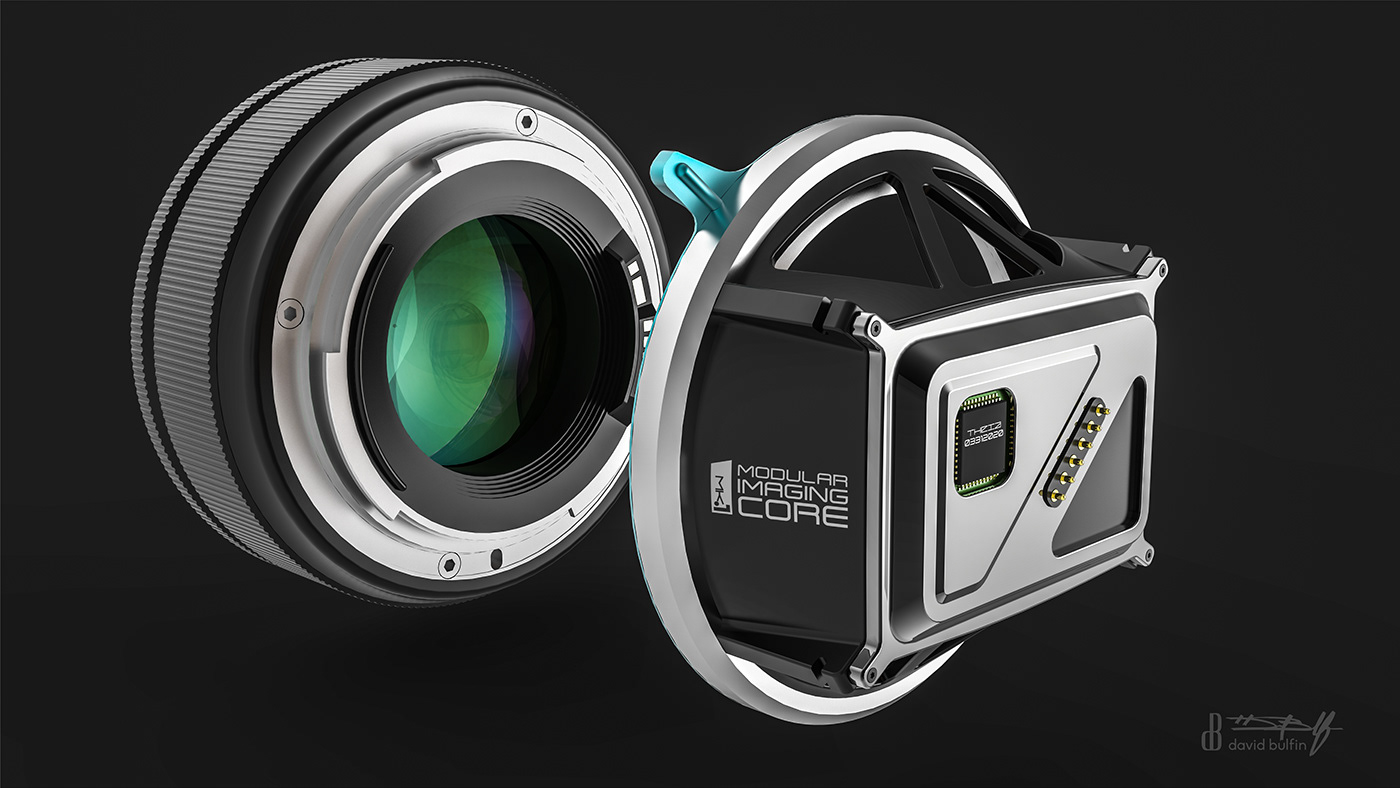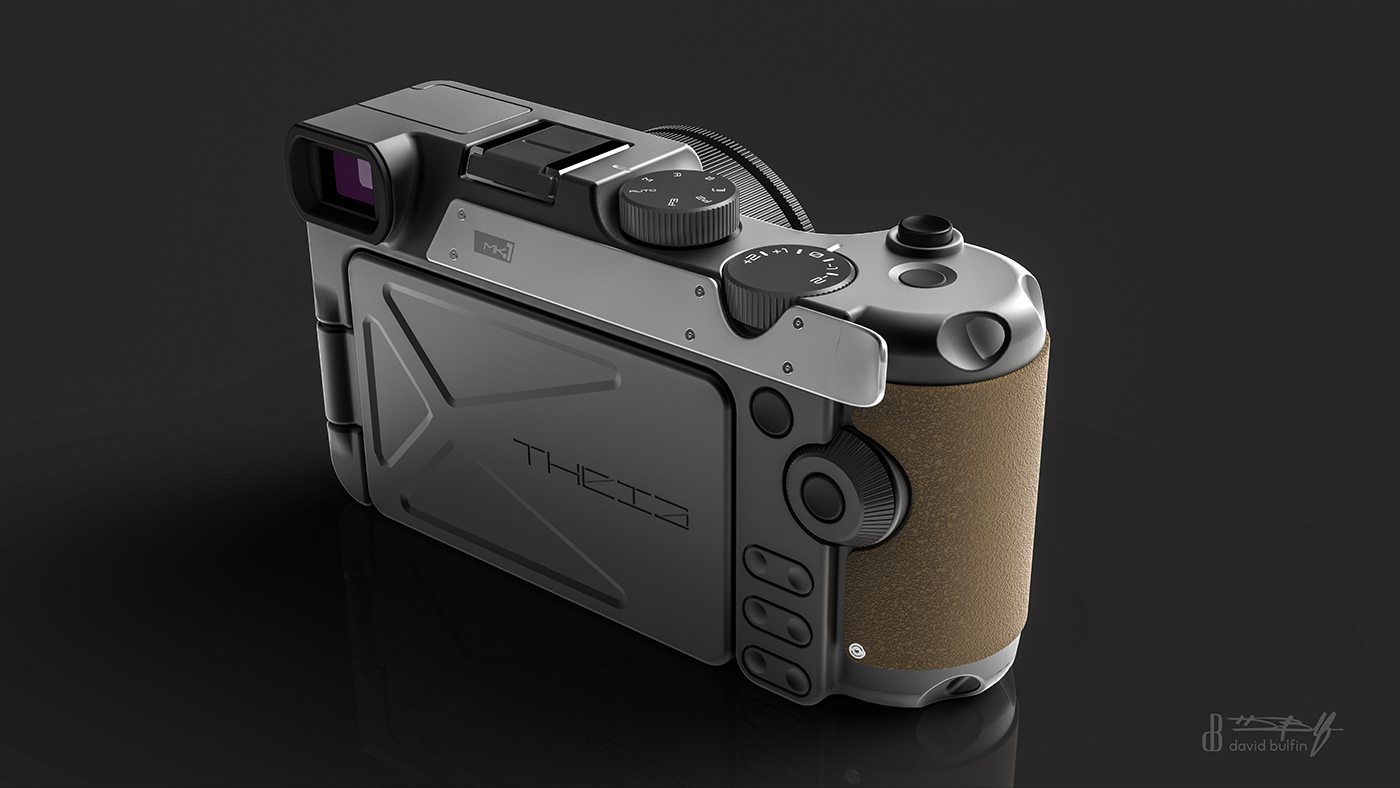Theia Modular Imaging System
For pro-sumers and professional photographers alike, the purchasing of quality photography equipment represents a significant commitment. Beyond the obvious monetary pledge, buyers must also be willing to commit to a manufacturer’s system of lenses and camera bodies. This decision is potentially a long term one, in the hopes of getting value, longevity and continued support as their collection of lenses and equipment grows.
With mirrorless cameras taking the center stage away from SLR based systems, camera bodies now boast significantly longer lifespans due to fewer moving mechanical parts. However, because today’s image sensors and processors change and improve rapidly, this benefit rarely becomes realized in practice if users want to stay current.
The speedy developments in imaging systems now rival what we’ve become accustomed to in the computing world. While a good lens will last for years of uninterrupted use, a camera body is only as good as the sensor at its heart. Even the highest echelon cameras, made from robust materials and designed for heavy use are reduced to paperweights as their sensors age and are outperformed by newer products. A quality camera is no longer a long-term purchase, but purely a luxury one, when the digital “guts” can’t be upgraded.
This fundamental mismatch between high quality and short longevity in professional-grade camera equipment represents the status-quo that Theia cameras challenge.
Named for the Greek titan goddess of sight and light, theTheia camera platform introduces a new and novel innovation for photographers and videographers: easy to upgrade, hot-swappable sensors and processing internals.

Literally at the heart of camera body is the Modular Imaging Core (MIC) System. This easily removable chassis contains three components: the image sensor, the image processor and the lens mount. By changing out the camera’s MIC, the body can accept alternate or upgraded sensors.

The best parts of a photographer’s camera body are retained, while allowing the most current technology to be utilized. For the first time, the camera’s ergonomics, control layout and accessories are not affected when electing a performance upgrade. Photographers no longer have to learn a new button layout, menu system or muscle memory. Their favorite camera simply gets better as it’s upgraded.

Theia’s MIC System is positioned to disrupt by rewarding consumers who commit to the platform. A photographer buys a new lens expecting to get lasting use from it. Now the same can be said of their camera body.
As such, the system creates a whole new world of compatibility, expansion and unity between devices.

Compatibility
Since the lens mount is integrated into the MIC chassis, the camera body becomes lens agnostic. While Theia lenses offer excellence to new buyers, photographers would be embraced, rather than punished for having a lineup of lenses they already love. The 56mm opening in Theia camera bodies allow for other platforms to easily be accommodated for. Whether a consumer prefers Nikon’s 55mm Z-Mount lenses, Canon’s 54mm RF-Mount lenses or Sony’s 46.1mm E-Mount lenses does not matter. By pairing the correct Theia MIC to the appropriate lens system, flange distance and size are matched onto one body and one platform.

Expansion
The Theia camera system lets photographers stay at the bleeding edge. By allowing the body and sensor to separate, new options are introduced for upgrades and long-term ownership. For example, customers could elect to purchase the body and lease the Modular Imaging Core (MIC), guaranteeing that their camera always has the latest tech available.
Beyond this, specialty sensor offerings become possible. While the majority of MICs would be CMOS CCDs, other options are available. A thermal imaging core transforms the camera for industrial or commercial use. A light-field-array sensor, empowers photographers to experiment with entirely new ways of taking pictures.

Unity
Theia’s MIC System goes beyond the handheld with 3 different body formats unified by the platform through the Modular Imaging Core.
The Mk.1 is the professional’s choice for a compact carry camera.
The Mk.2 is a lightweight, stabilized gimbal, suitable for drone / UAS photography.
The Mk.3 is a robust, cinema-ready body, anchoring a TV or film setup.

Photographers can use the same sensor and lens combination whether shooting handheld on the street, or airborne via a quadcopter, without redundant purchases. No more working to match footage shot on different platforms. One Theia Modular Imaging Core (MIC) can be used across all three Theia products.

By empowering the next generation photographer with a new platform that is eminently compatible, expandable and unifying, Theia cameras are ready to become a new favorite in the hand, in the air and in the studio.









